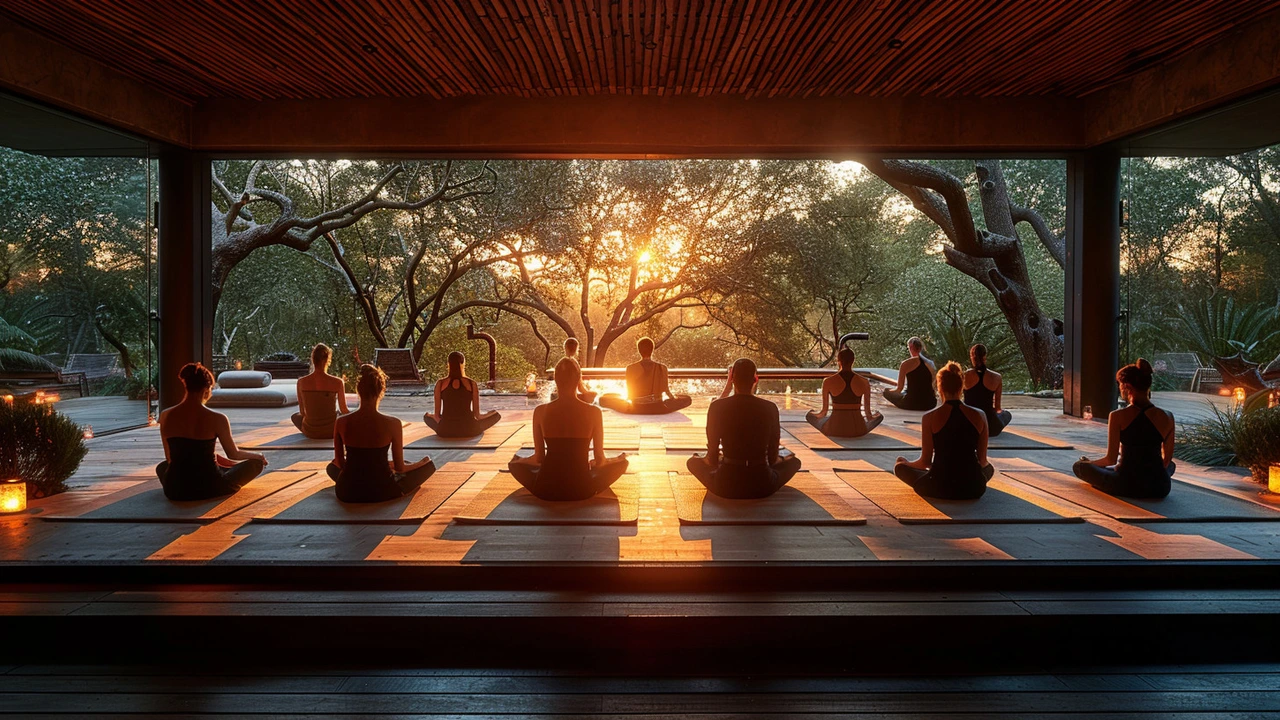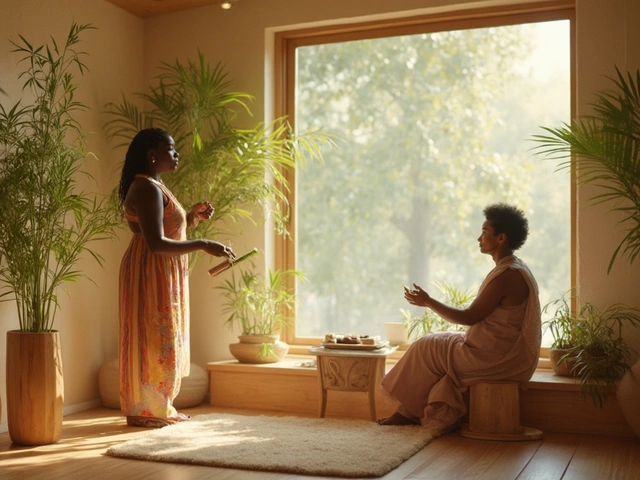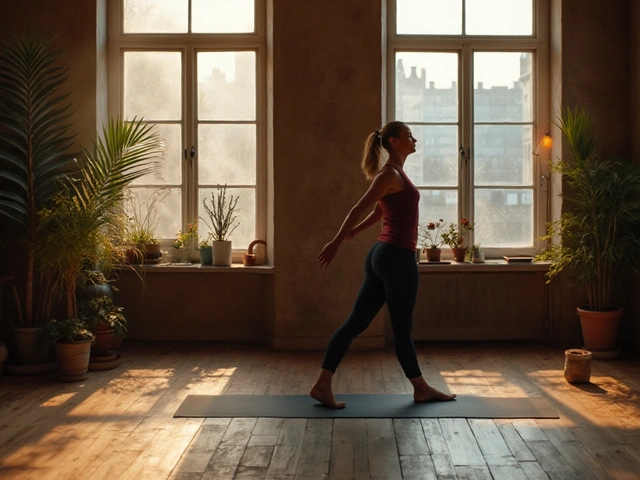Breema Therapy: gentle bodywork that calms the body and mind
Ever felt calmer after a few slow stretches or a caring touch? Breema is built on that simple idea. It’s a hands-on practice combining gentle touch, guided movements, and mindful presence to restore comfort and ease without force.
What a Breema session feels like
Sessions usually last 30–60 minutes and you stay fully clothed. The practitioner uses rhythmic, clear touch and short movements while inviting you to be fully present—no deep pressure, no cracking, no stretching to pain. People often notice less tension, softer breathing, and easier movement after a session. If you want a therapy that respects boundaries and aims for natural balance, Breema fits well.
Breema focuses on simple, repeatable patterns. Instead of targeting a sore spot with brute force, the work spreads gentle attention through the whole body. That approach helps your nervous system relax and lets muscles unwind on their own.
Try three simple Breema-style moves at home
1) Grounding Rock: Stand with feet hip-width, knees soft. Rock slowly forward to back, keeping the spine long. Breathe naturally for 1–2 minutes. This tiny motion helps your body notice balance without strain.
2) Whole-Body Wake: Sit on a chair with feet flat. Place palms lightly on thighs. Roll your shoulders back once, then drop them. Follow with a slow head nod. Move deliberately and stop whenever you feel more relaxed.
3) Gentle Side Bend: Stand with feet wide. Slide one hand down the thigh while the other reaches up and over, just to where it feels easy. Hold a few breaths, then switch sides. No stretching to discomfort—just easy lengthening.
These moves aren’t a full Breema session, but they show the practice’s focus: small, mindful actions that encourage the body to find its own balance.
Who gets the most from Breema? People with chronic tension, stress, or those who don’t respond well to deep, forceful therapies often find Breema helpful. It’s also good if you want a gentle, mind-body practice that improves awareness and daily comfort.
Choosing a practitioner: look for someone trained in Breema principles and comfortable explaining what they do. Ask about session length, what to wear, and how they work with clients who have injuries. Trust your instincts—comfort and clear communication matter more than style.
Want to compare options? If you’re curious how Breema stacks up with other gentle methods, check our guides like Healing Touch, Feldenkrais Training, or Polarity Therapy for different ways to calm the nervous system and ease pain.
Ready to try it? Start small—try the at-home moves, book a single session, and notice how your body responds. Breema doesn’t force change; it invites your body to come back to balance on its own terms.

Exploring Breema Therapy: Harmonizing Body, Mind, and Feelings for Holistic Healing
Breema Therapy, a holistic approach to self-understanding and healing, offers a unique pathway to achieving harmony between body, mind, and feelings. This comprehensive article delves deep into the principles of Breema, exploring its origins, techniques, and benefits. Discover how this gentle yet powerful practice can foster a profound sense of connection within oneself and with the world around, leading to significant enhancements in physical, emotional, and mental well-being.
Categories
- Health and Wellness (148)
- Alternative Therapies (86)
- Massage Therapy (40)
- Travel and Culture (15)
- Beauty and Skincare (9)
- Holistic Health (8)
- Health and Fitness (5)
- Spirituality (5)
- Other (2)
- Personal Development (2)



